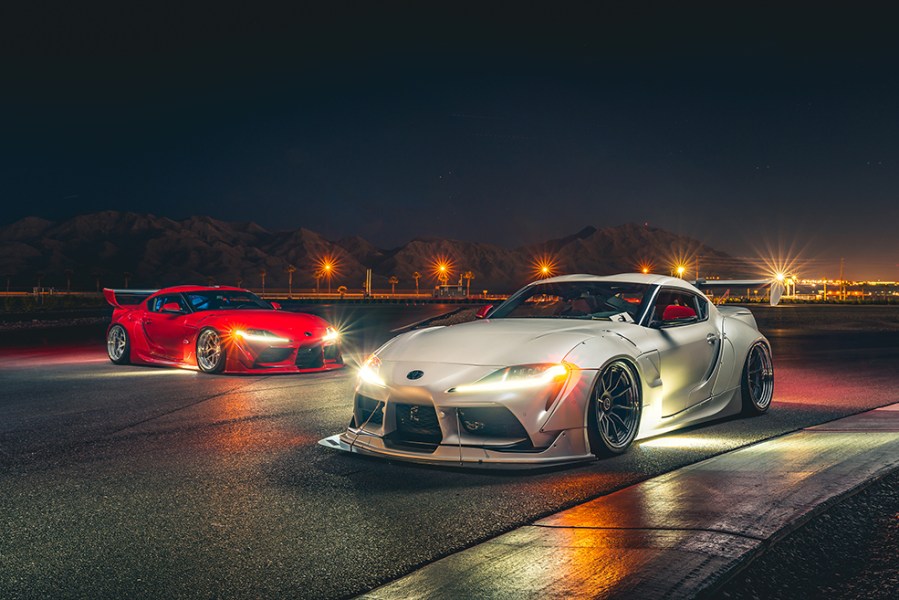Lacking inspiration for your next build? Check out these awesome Toyota project cars to get some ideas flowing!
Here at Fast Car, we’re all about building project cars, and some of the best platforms to use as a canvas come with a Toyota badge on the front. Over the years, the Japanese manufacturer has built some of the most heralded models within the modifying and tuning scene – in fact, we’ve compiled a list of our favorite Toyota platforms if you’re interested in knowing exactly what your budget could get you.
If you’re still struggling for ideas though, have a browse through these fine Toyota feature cars, ranging from track day warriors to stanced showcars. I’m sure there will be something in here that gets the cogs whirring.
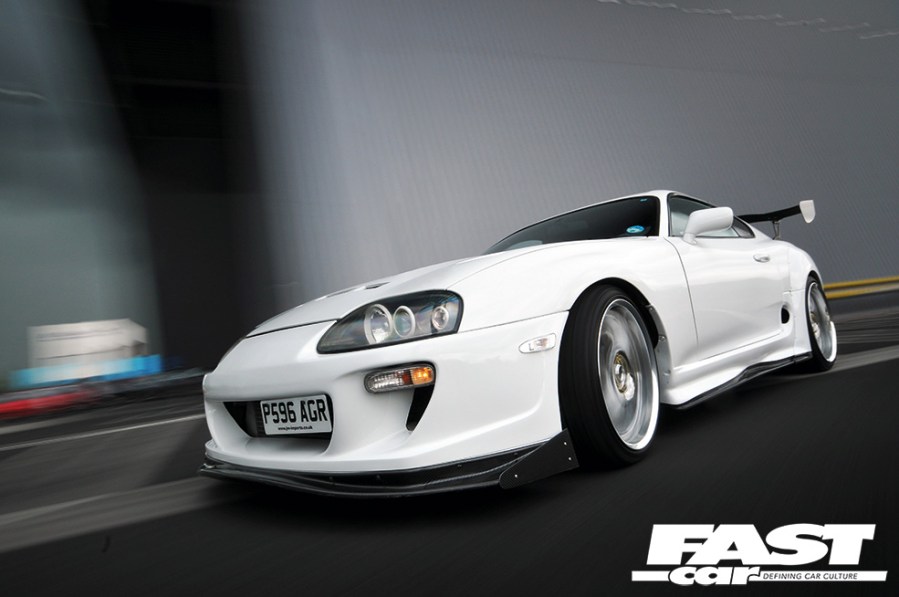
Toyota Supra
Of all the cars that Toyota has produced, the Mk4 Supra is arguably the most famous. It played a starring role in late ’90s/early ’00s car culture both on the streets and on the big screen, and for good reason. As well as having the kudos of being a late nineties Japanese coupe, the Supra has an ace up its sleeve in the form of the 2JZ engine. This fabled six-cylinder block is highly robust and has a potential output of over a thousand horsepower if you treat it to the right mods.
As such, there are all sorts of avenues you could take yours down. Given how rare and pricey they’re becoming, the smart money would be on keeping it stock. But if you’re planning to use your Supra for fun (as you should!) rather than as an investment, here are a few ideas as to what you could do with it…
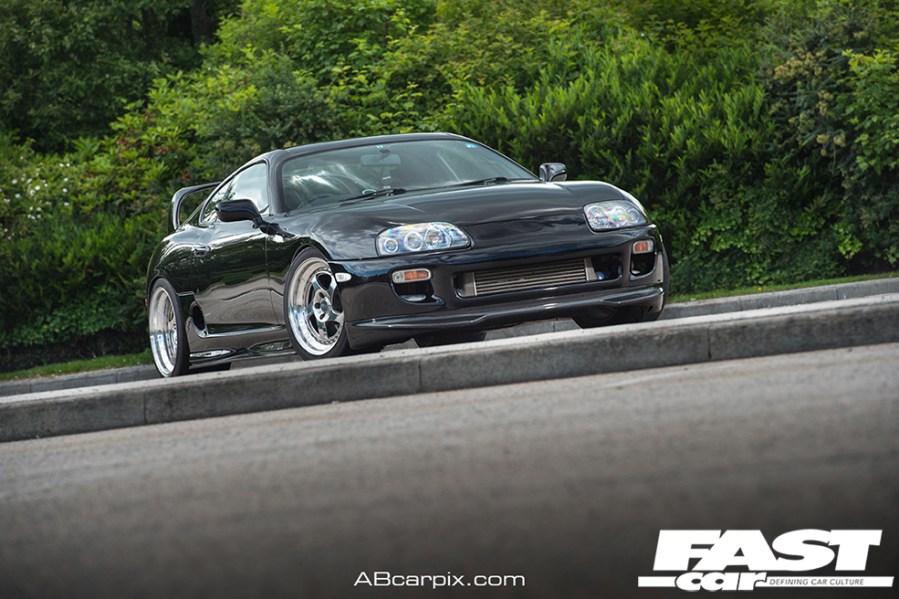
Clean street build
If I had a Supra project car, I’d most likely go down the route of turning it into a clean street build. From a visual perspective, simple, clean styling mods might not turn as many heads, but they’re certainly more pleasing to live with on a daily basis (in my opinion, at least). And besides, any Mk4 Supra will turn heads if you drive past the right crowd.
Plus, although there is an element of tasteful restraint to the exterior, there’s nothing stopping you from going all out under the hood. For a street build, the sweet spot is probably around 400-600 horsepower. That’ll give you a noticeable kick in performance compared to stock, but it shouldn’t be too unruly to live with on public roads if you pay attention to handling mods as well. The black feature car above is a great example of this style of build, so read the full showcase here.
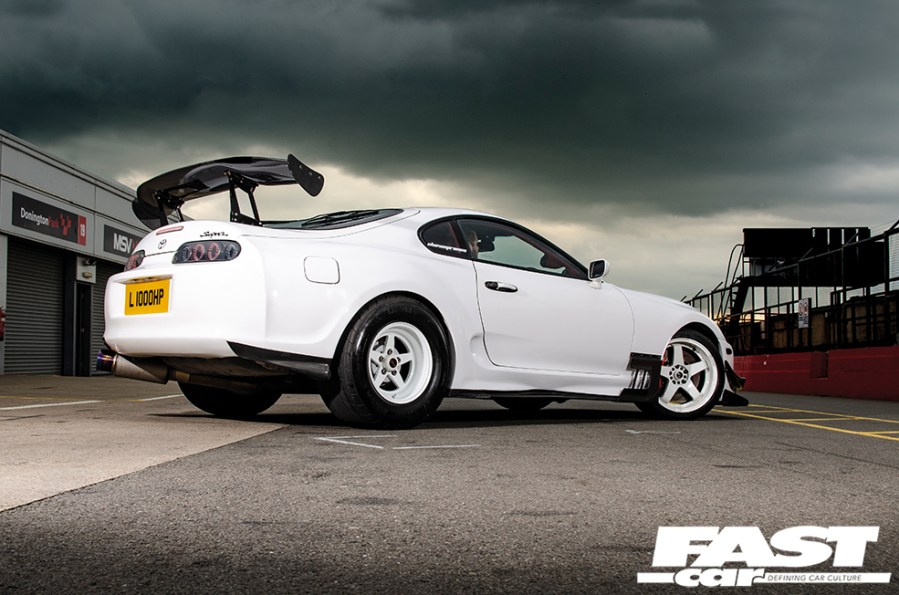
Drag car
As mentioned earlier, the 2JZ has mega performance potential. So, if you’re power-hungry enough to want to chase all those gains, the Supra will make for a potent straight-line drag racer or time attack vehicle. For a closer look at an engine-led Mk4 Supra build, check out this feature.

Drift car
These days, you’d need some pretty deep pockets to be able to justify turning a Mk4 Supra into a drift weapon, but that’s not to say that it can’t be done! Read about this SATS build for proof.
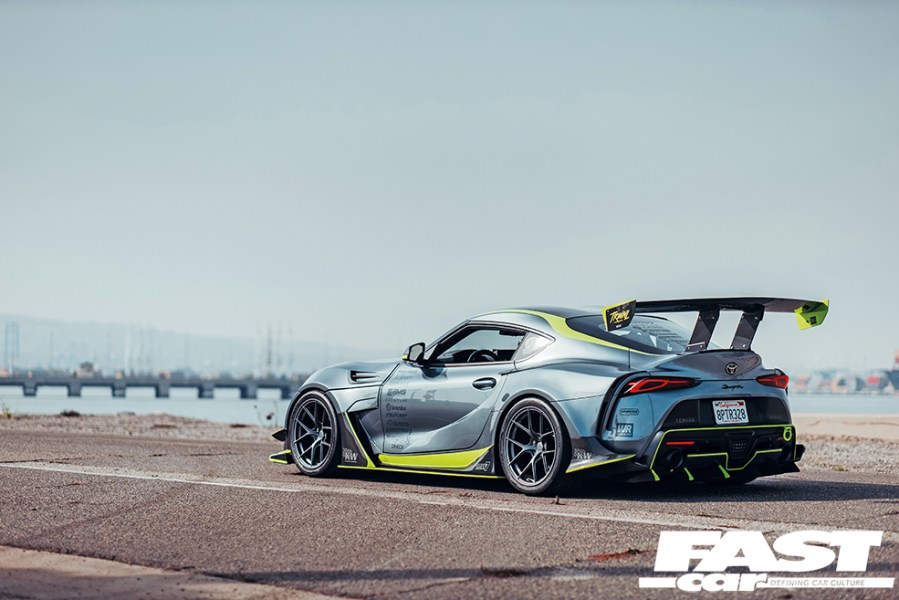
The GR Supra
If you can’t get your hands on a Mk4 because of the price, or, if like me you think they’re a tad overrated, you could get a Mk5 GR Supra instead. This would still be a sizable investment given that it’s a nearly-new sports car, but the price tags attached to A90s are far less inflated than those attached to its predecessor.
Of course, a lot of people have an issue with the fact that this car has a BMW engine, but if you can look past that then the GR Supra has a lot to offer. For a start, its styling is fantastic in person (arguably prettier than the Mk4), and it’s also got a wide range of modifying potential. High horsepower, track focused, stanced show car – or maybe something in between. The GR Supra can do it all, in no small part thanks to a healthy aftermarket community. Check out the Varis-kitted example above.
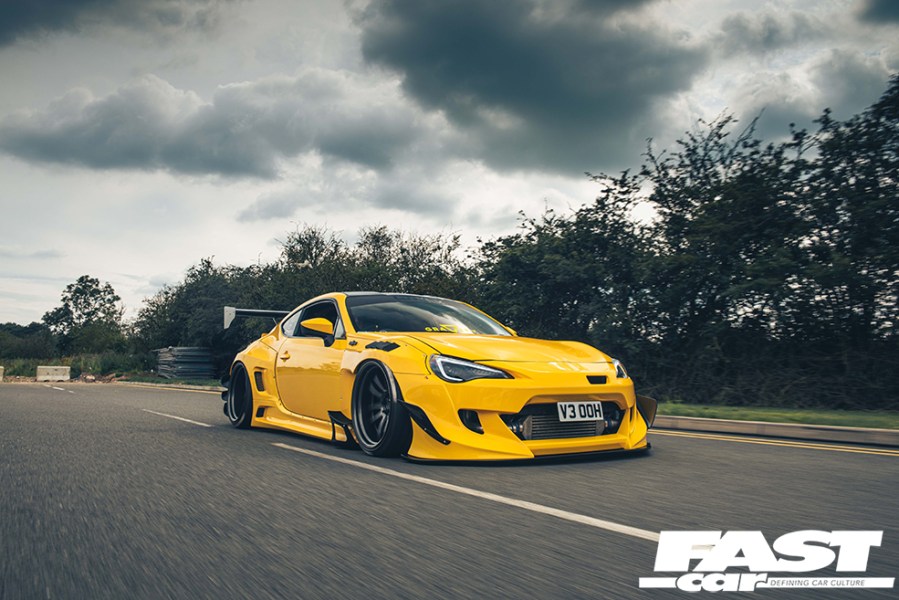
Toyota GT86 / Subaru BRZ / Scion FR-S
One of the go-to tuner cars of the modern era, the GT86/BRZ/FR-S triplets are practically crying out the be modified. The chassis is incredibly willing, and the deliberately skinny stock tires allow anyone to controllably slide the thing with ease. These could be great entry level track or drift cars, as they give you plenty of feedback but aren’t really powerful enough from the factory to get you into too much trouble if it all goes wrong. For that reason, they’re a great platform to learn and practice key driving techniques.

However, if you’re viewing the GT86 as something more than just a stepping stone, then there’s a lot you can do with a big budget. There is a vast array of aesthetic mods you can make to these cars if you want to build a stance car or show car of some sort. Alternatively, if more power to complement the brilliant chassis is your aim, maybe you could consider a 2JZ swap…
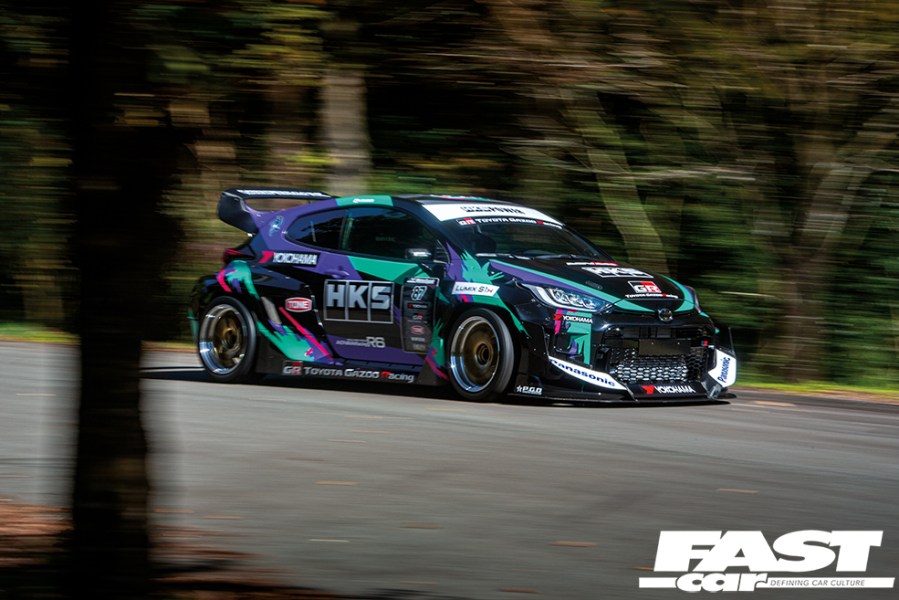
Toyota GR Yaris
Another great modern Toyota model that’s ripe for tuning and modifications is the GR Yaris. Sadly, this little rally homologation special isn’t available Stateside, but if you’re based in Europe or Asia, you should be able to get your hands on one.
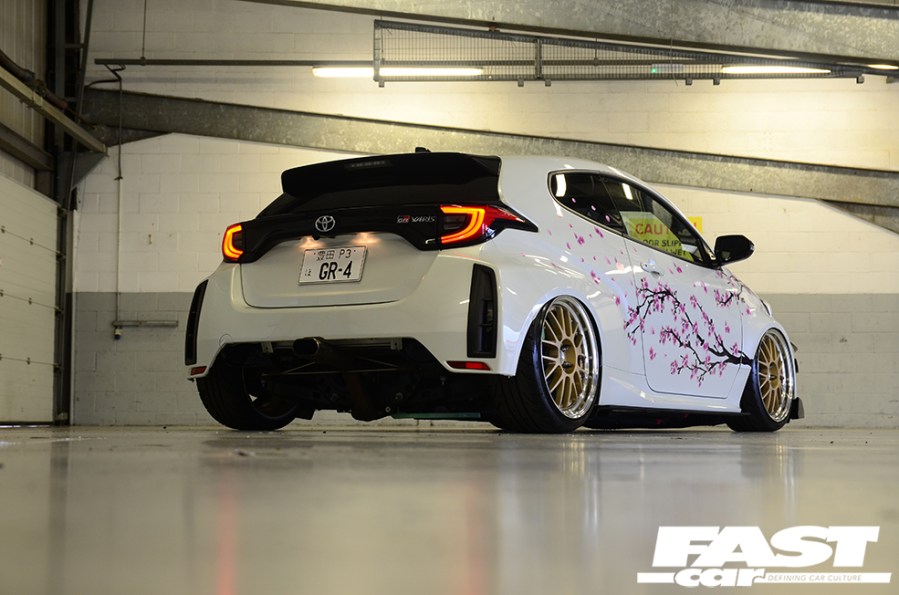
There’s all sorts of things you could do with a GR Yaris; its all-wheel drive system lends itself to a being a grippy track or back roads car, like the HKS demo vehicle we featured a little while back. Though you could always turn it into a show car instead. Most modified GR Yaris will have a performance angle to them, so a slammed one with a widebody would certainly raise eyebrows. Watch our YouTube feature on the car above, here.
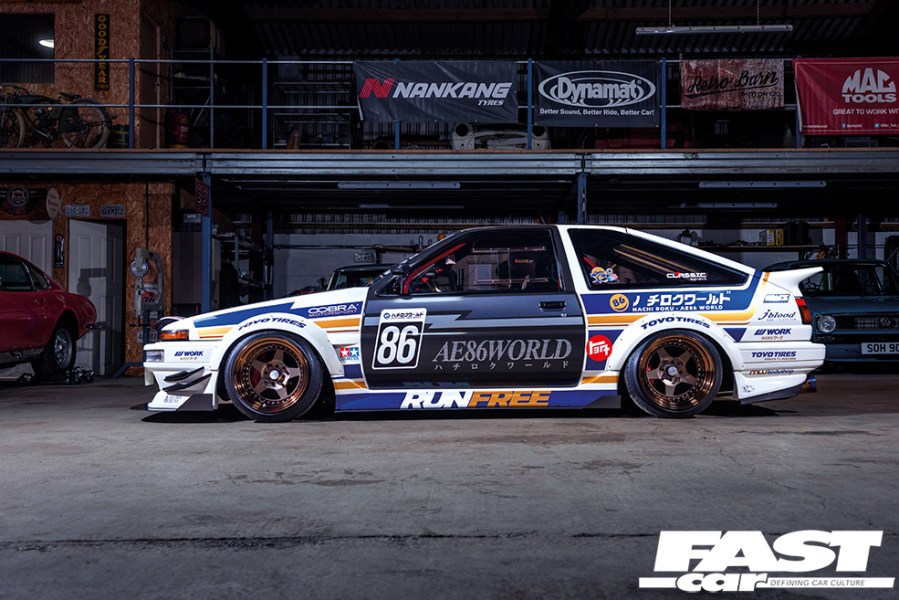
Toyota AE86 Corolla
For an AE86 project car to be worth the investment, you’ve got to really want one. The AE86 Corolla is one of those cars which has a loftier reputation (and price tag) than its core sum of parts would typically warrant – a bit like the Mk4 Supra. A lot of that comes down to its near-mythical status in JDM culture. It’ll forever be known as the car most synonymous with real-life Drift King, Keiichi Tsuchiya, and Initial D anime protagonist, Takumi Fujiwara – though a dive into JDM lore could lead you to believe that those two people are actually one and the same.
Anyway, the takeaway that I want to pass across is that for these cars to come anywhere close to peoples’ expectations, they really do have to be modified.
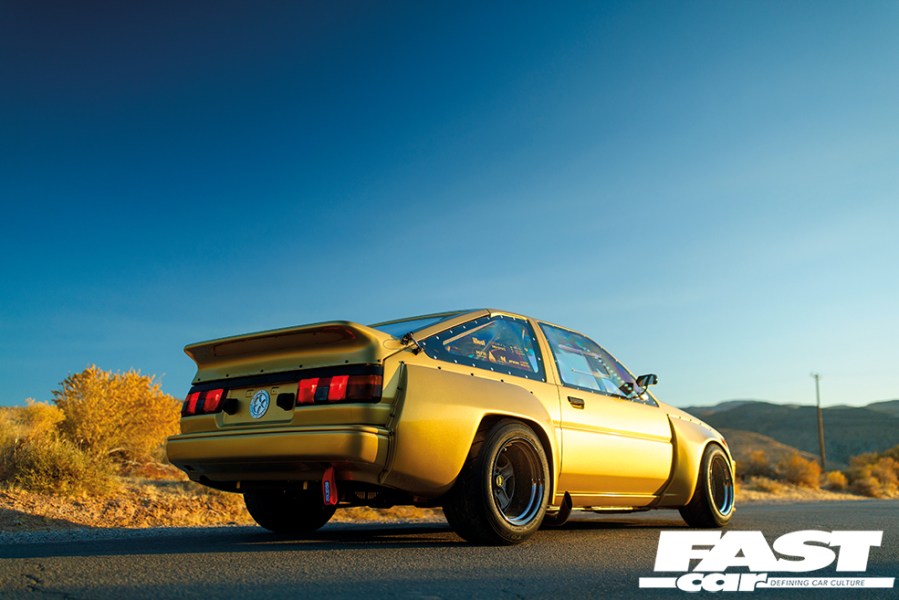
Sure, from the factory they have a rewarding chassis that’ll play if you want it to. But a stock example will feel jarringly underpowered by today’s standards. As such, if you want to turn an AE86 into a track car, it’ll take some serious expenditure. Overall, while it may be appealing to stick to the common tropes surrounding these cars (retaining the two-tone paint, building it to drift well), it’d be easy for your project to blend into the rest without leaving a mark.
If you’re happy with that and a traditional hachi-roku that you can sling sideways is your dream car, then by all means go for it. However, if you want to let your creativity shine through, forget the hype surrounding the AE86 name and shape the car into your own image. Perhaps instead of a precisely-tuned Trueno, you could build a stocky, left-field Levin.

Toyota MR2
If it’s bang for buck that you’re after, it’s quite tricky to beat the third-generation Toyota MR2. These are as affordably priced as used sports cars can get, and offer a platform with a relatively low starting point but a decent amount of potential if you’re willing to put time into it. The big appeal of these cars is the midship layout; if tuned well, the benefits of a central engine placement on the weight distribution of a car is plain to see. However, if you get it wrong, you may find that it’s more willing to spin out than you’d expect.
As for what type of build I’d suggest taking on with these, it’d have to be either a back roads toy or a training car for the track. Realistically, the stock engines in these are neither powerful enough nor charismatic enough for a Mk3 MR2 to become a high-end build (well, unless you do an engine swap, that is). So, instead, I’d tailor it for scenarios where the lack of grunt is less of a problem; twisty low-speed courses, or perhaps even small skid pans. That said, if you do want to learn a bit more about how to turn a Mk3 MR2 into something greater, read about the feature car pictured above.
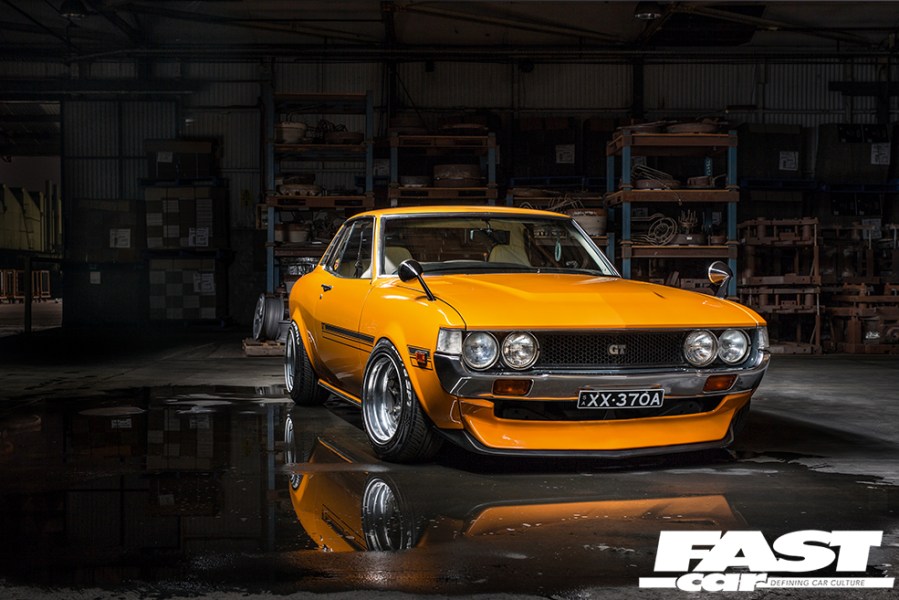
Going Retro
Although much of the Toyota brand’s appeal comes from its modern-era sporty coupes, the company’s historic back catalogue can offer some gems for people who want their project car to have more of a retro aesthetic, and perhaps a more analogue form of engineering for them to get stuck into.
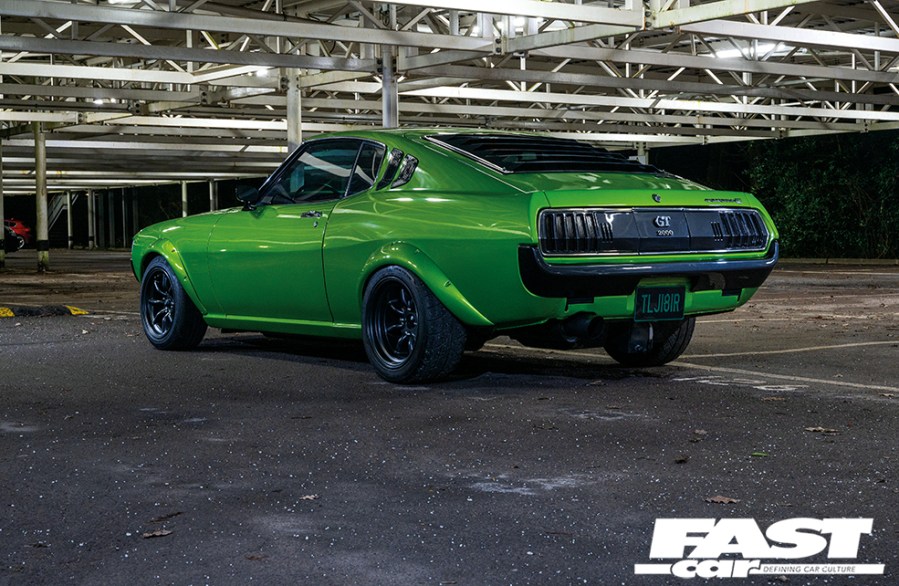
Classic Celicas are perhaps the ultimate example of this, whether it be a traditional coupe, or a muscle car-esque liftback.
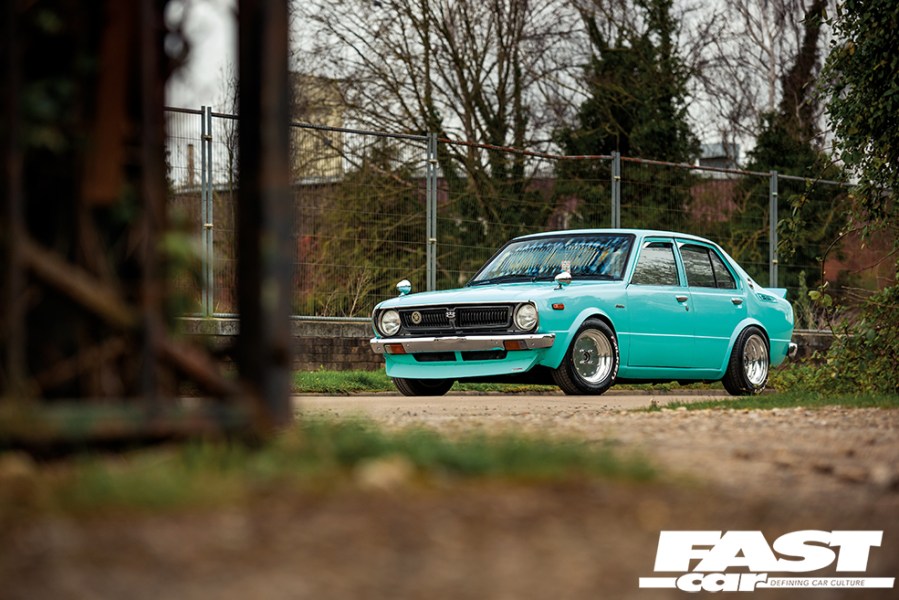
Thinking more outside the box, you don’t even necessarily have to go for a sporty model. We’ve featured classic Corolla (above) and Starlet (below) project cars on the site before, which look ace.

Furthermore, the great thing about Toyota is that its range of old models is utterly vast. So you’re bound to find find a particular style or platform that grabs your attention.
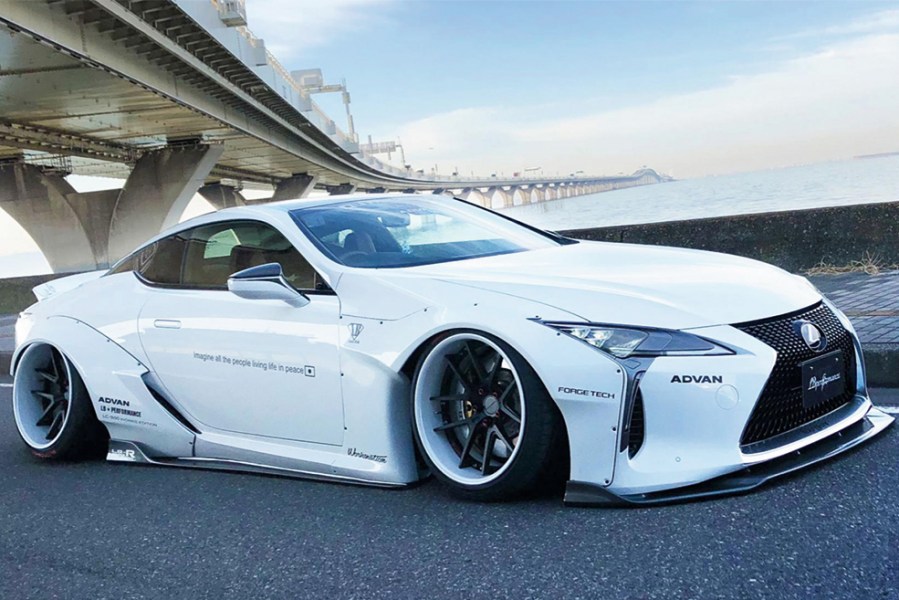
Lexus LC 500
Ok, you’re going to need to be a bit of a high-roller to not only purchase one of these cars, but modify one too. Still, assuming you’ve got deep pockets, the Lexus LC 500 is a car that you shouldn’t ignore. It’s one of my personal dream cars, and is arguably one of the most underappreciated performance vehicles to come out of Japan, this side of the outgoing Honda NSX.
There’s a lot that the LC 500 does well. It’ll never be an outright sports car, but as a grand tourer it rides superbly and has a wonderful engine. Inside, it’s a nice place to sit, too. From a modification perspective, the LC offers the potential for a ferocious exhaust note and multiple high-end styling kits that amplify its already jaw-dropping profile. If you want a daily driver that makes you feel like you’ve made it in life, but is fun enough to tap into your enthusiast roots, this might be it.
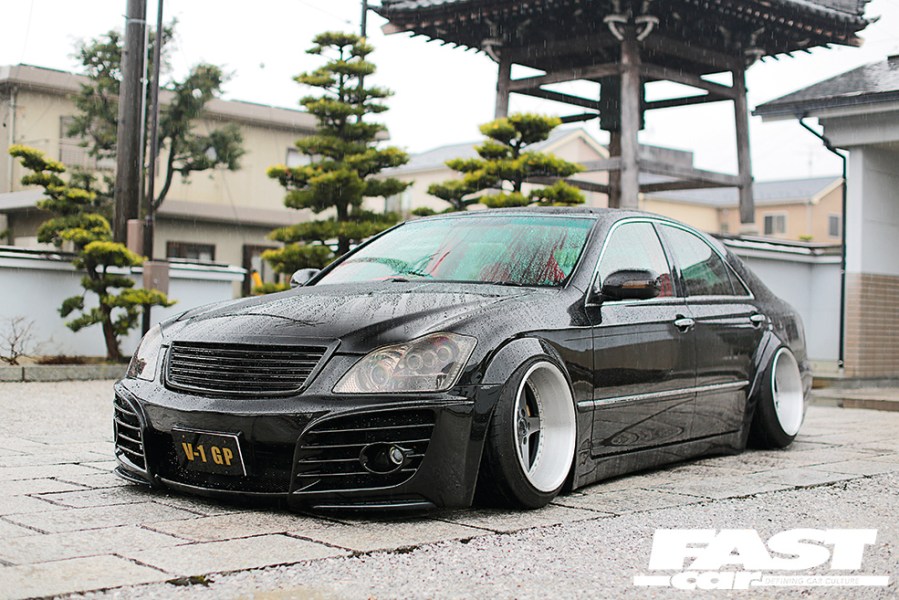
The VIP treatment
The final recommendation on my list is essentially: any premium executive sedan with a Toyota or Lexus badge on the front of it. The VIP genre of project cars is an admittedly niche one, but one which is so effortlessly cool. The idea is that, although you can increase the car’s exterior menace if your wish, the focus is largely on the inside. I’m talking all-out interior upgrades and overhauls, but done tastefully. This style of build isn’t for somebody who wants to push their car to the limits of its performance, it’s a genre for people who want to cruise in sheer comfort and look badass while doing it. As far as I can tell, there’s only one major downside to building a VIP car: your mates will forever be wanting lifts.
Feeling inspired? Have a read of these next guides to figure out how to translate dream into reality:

